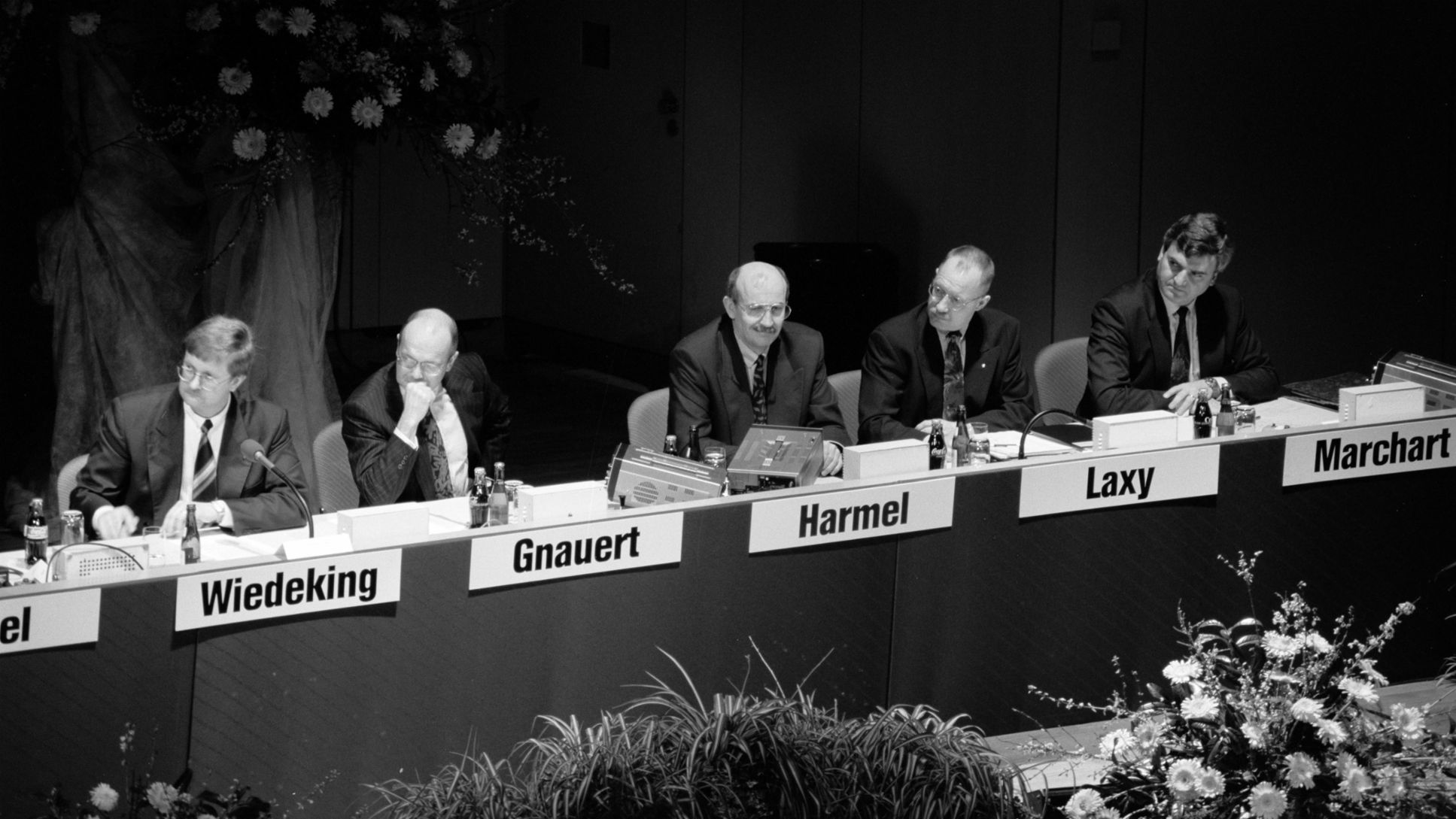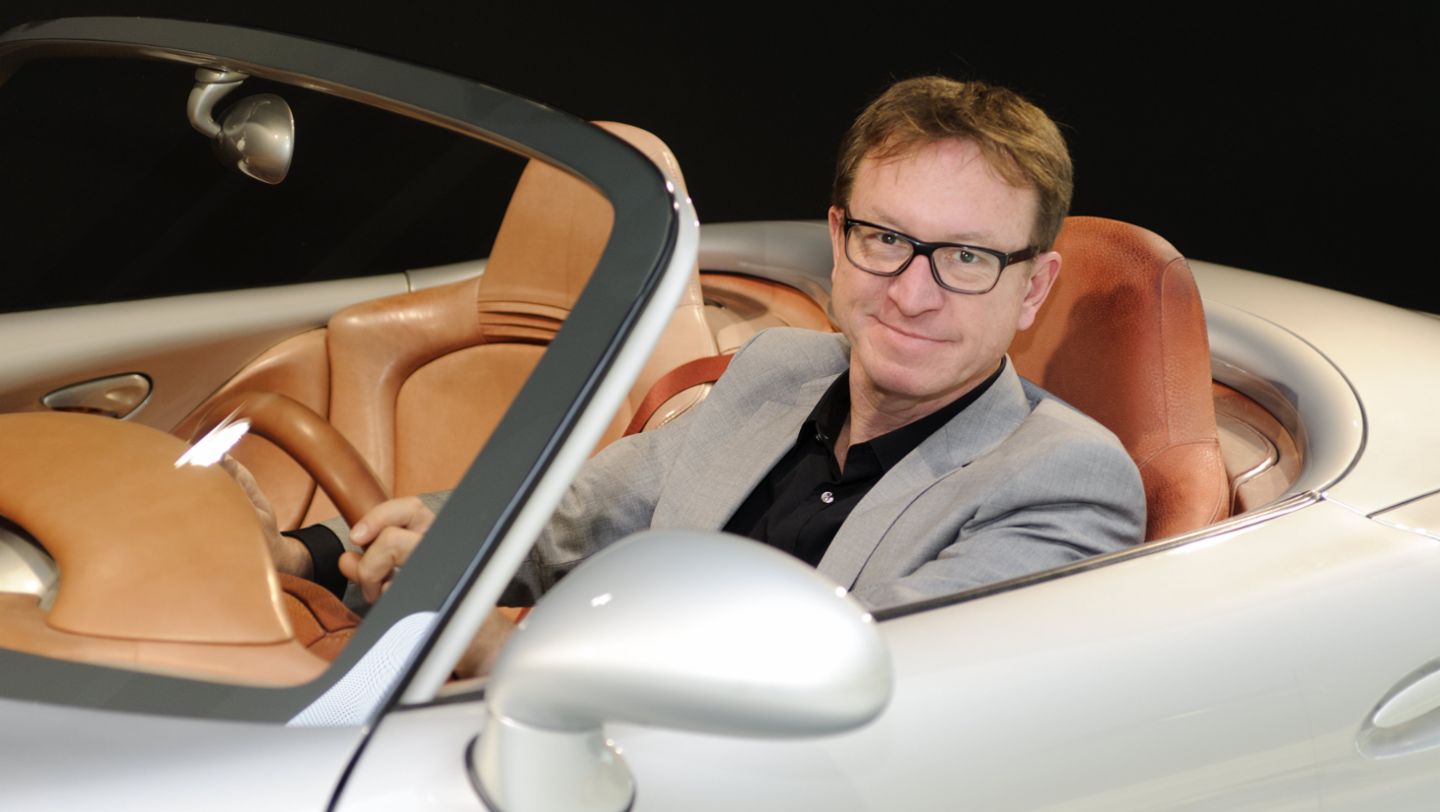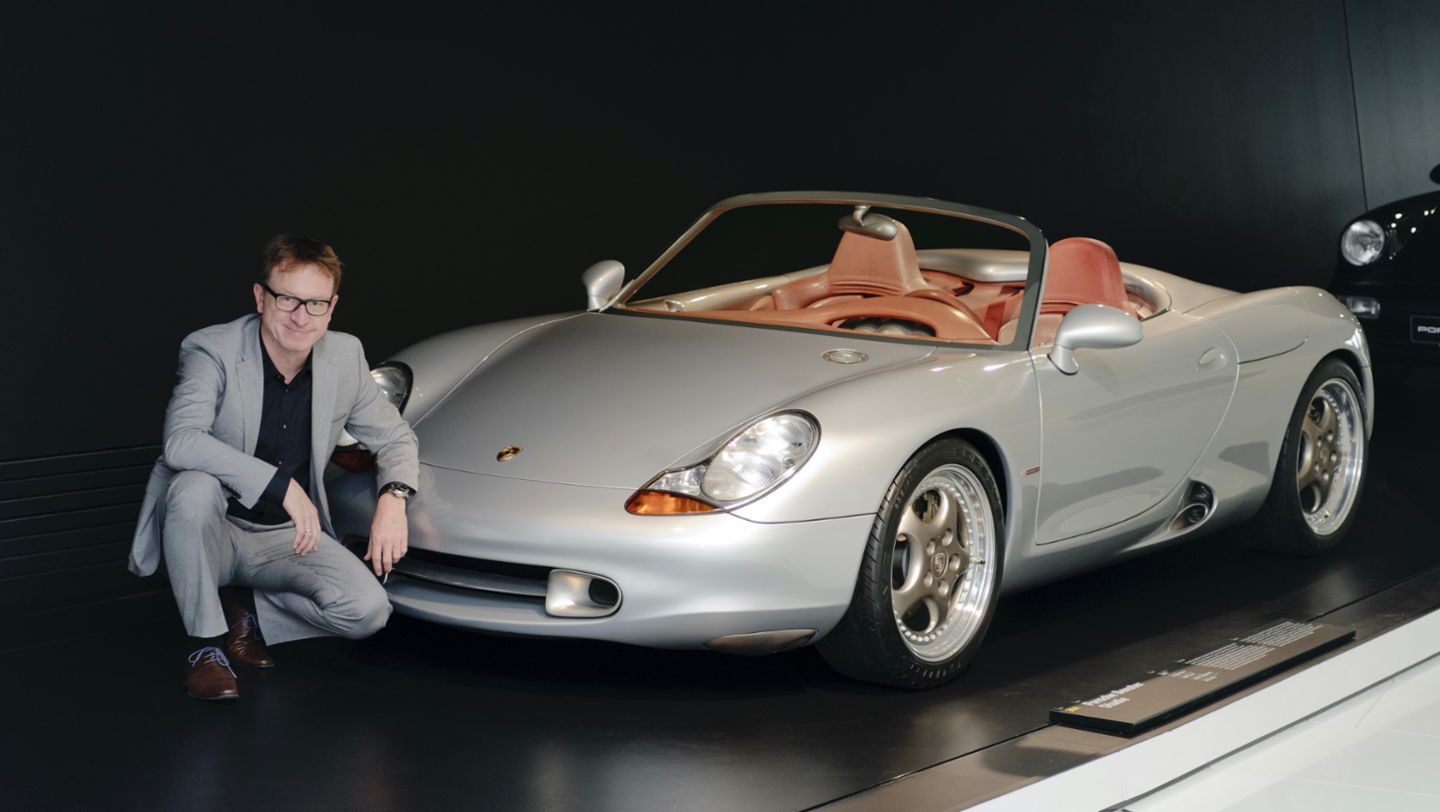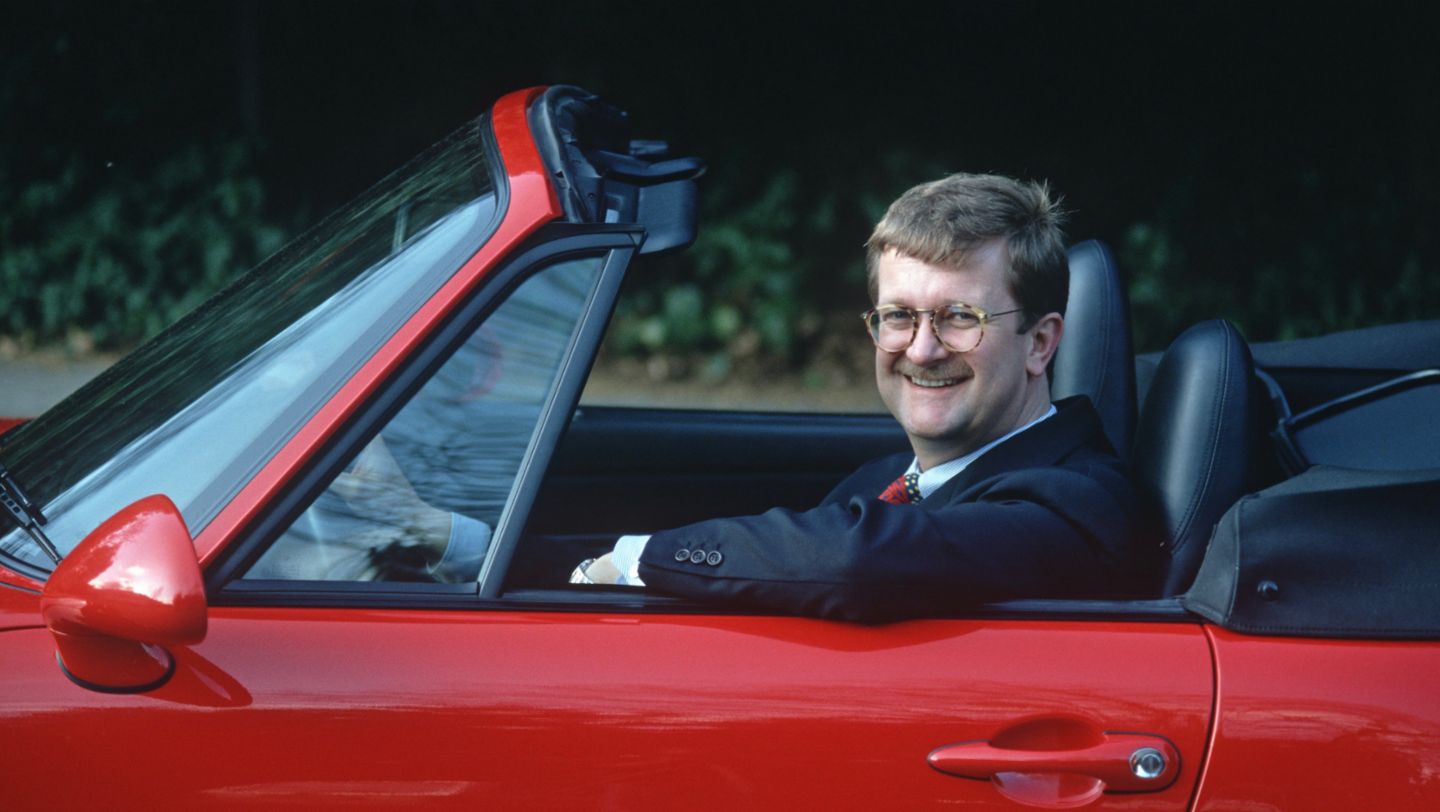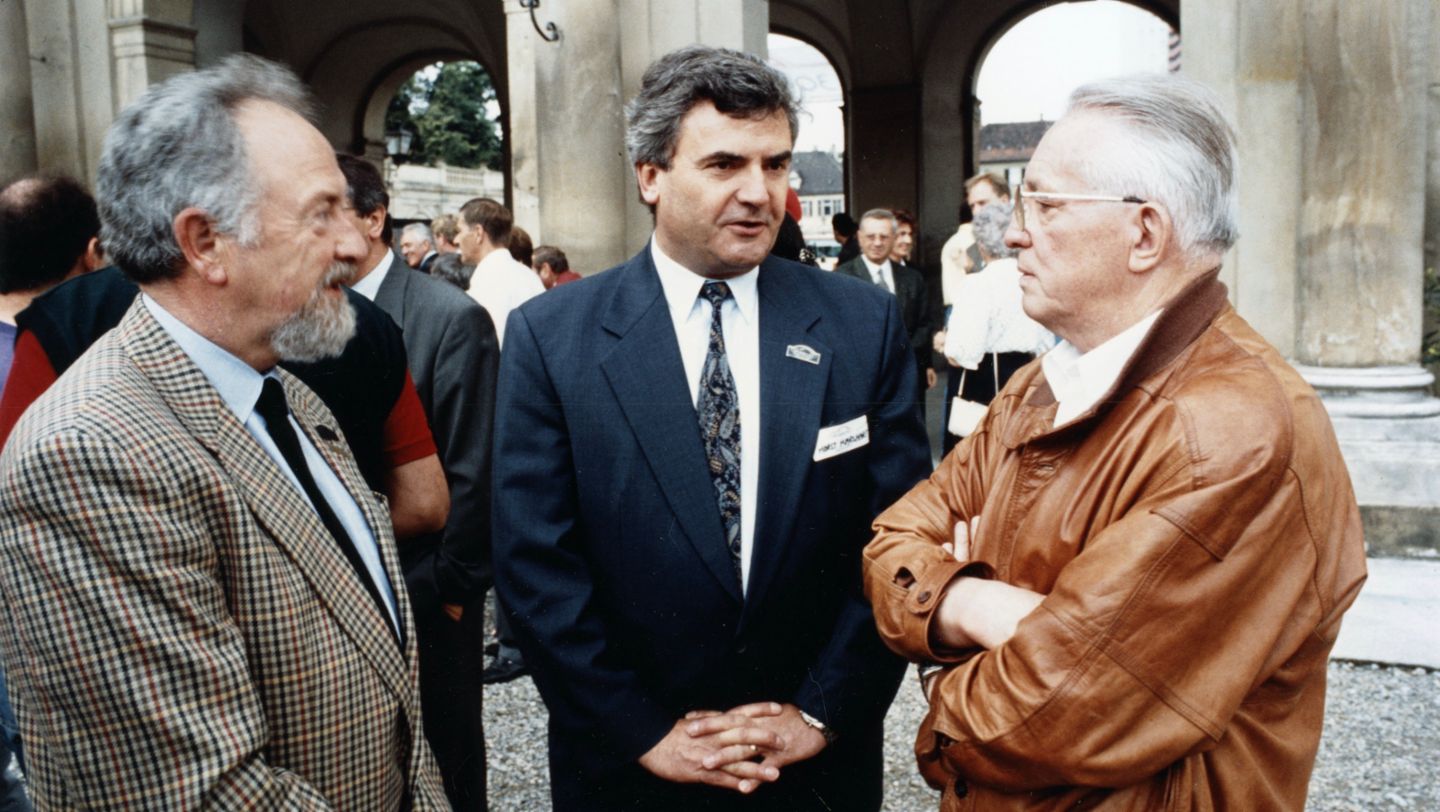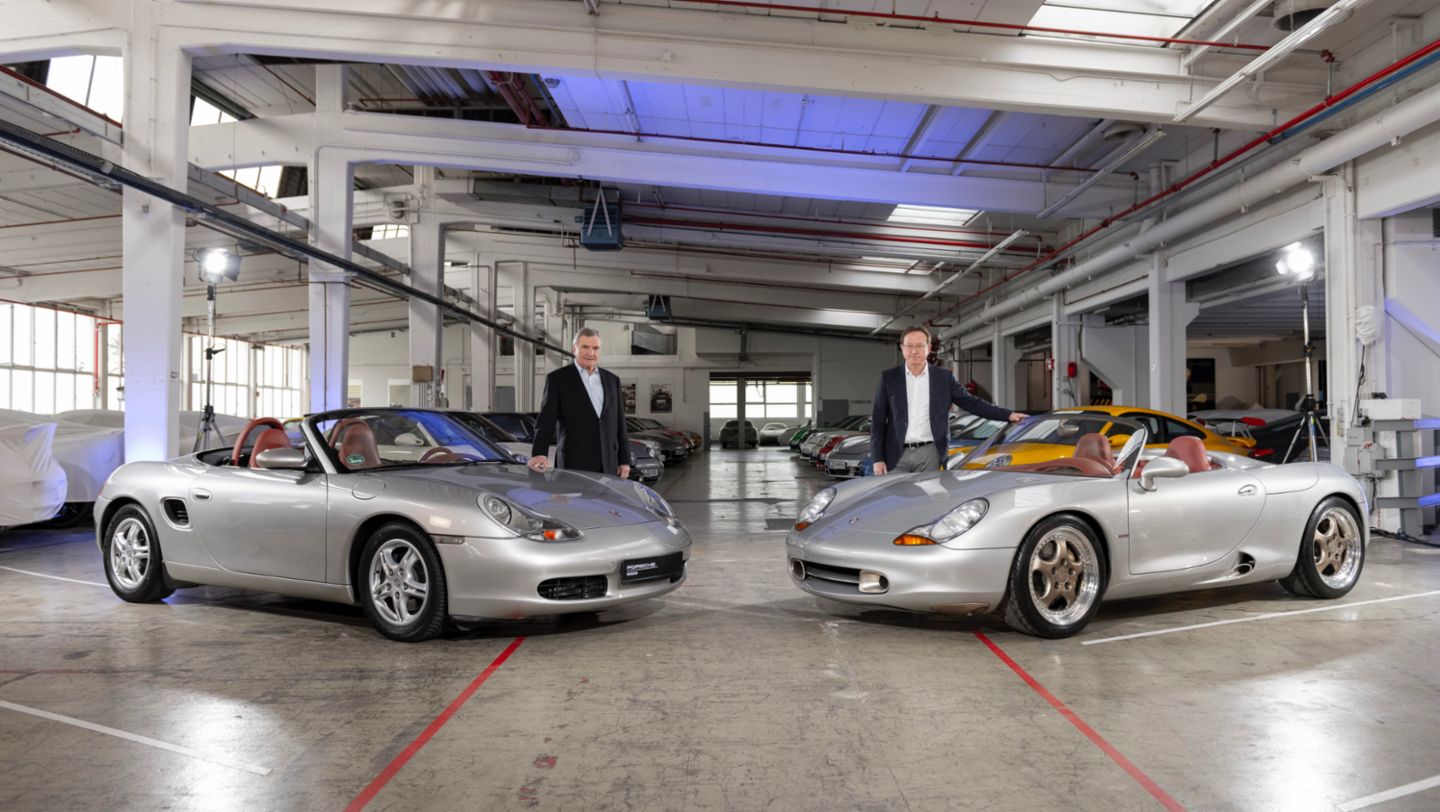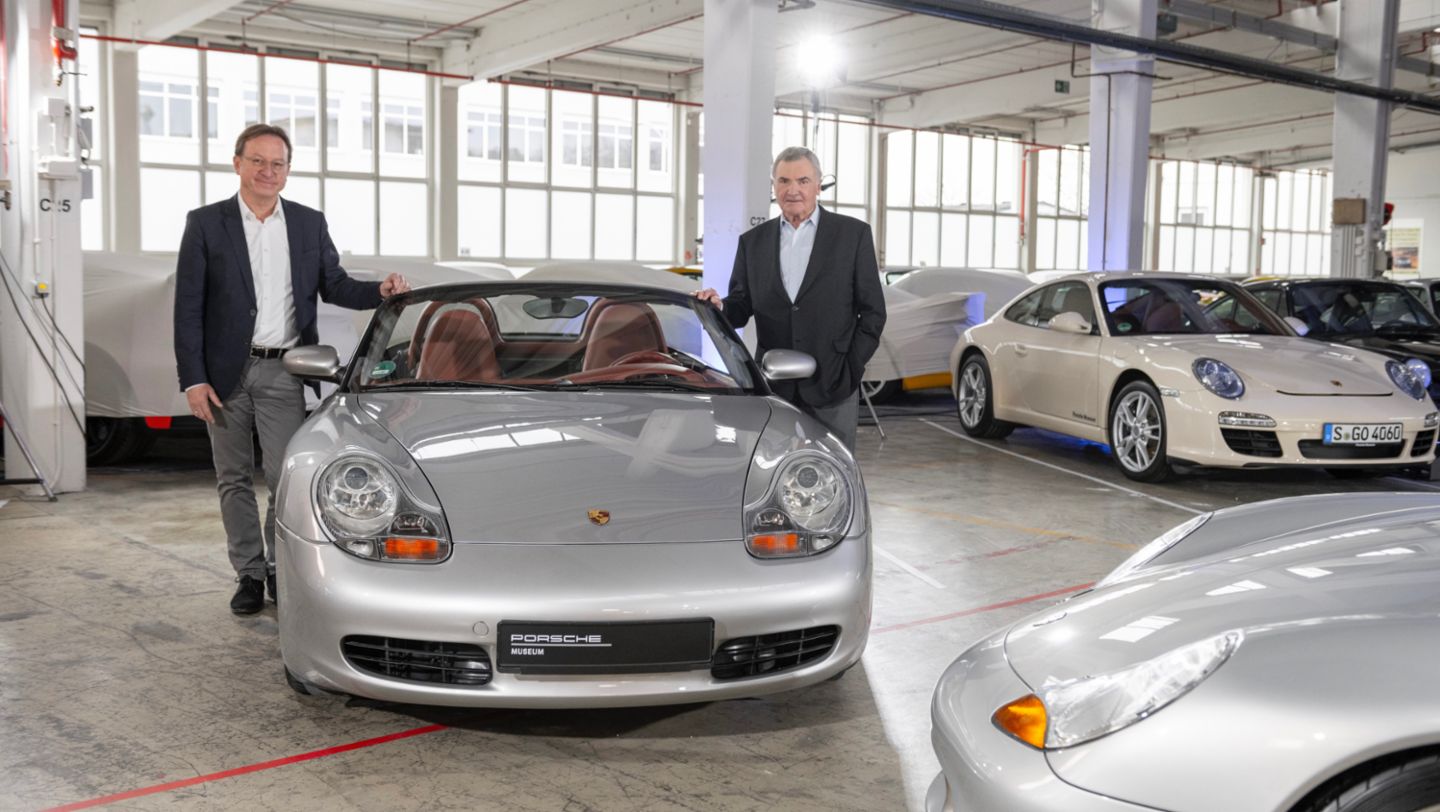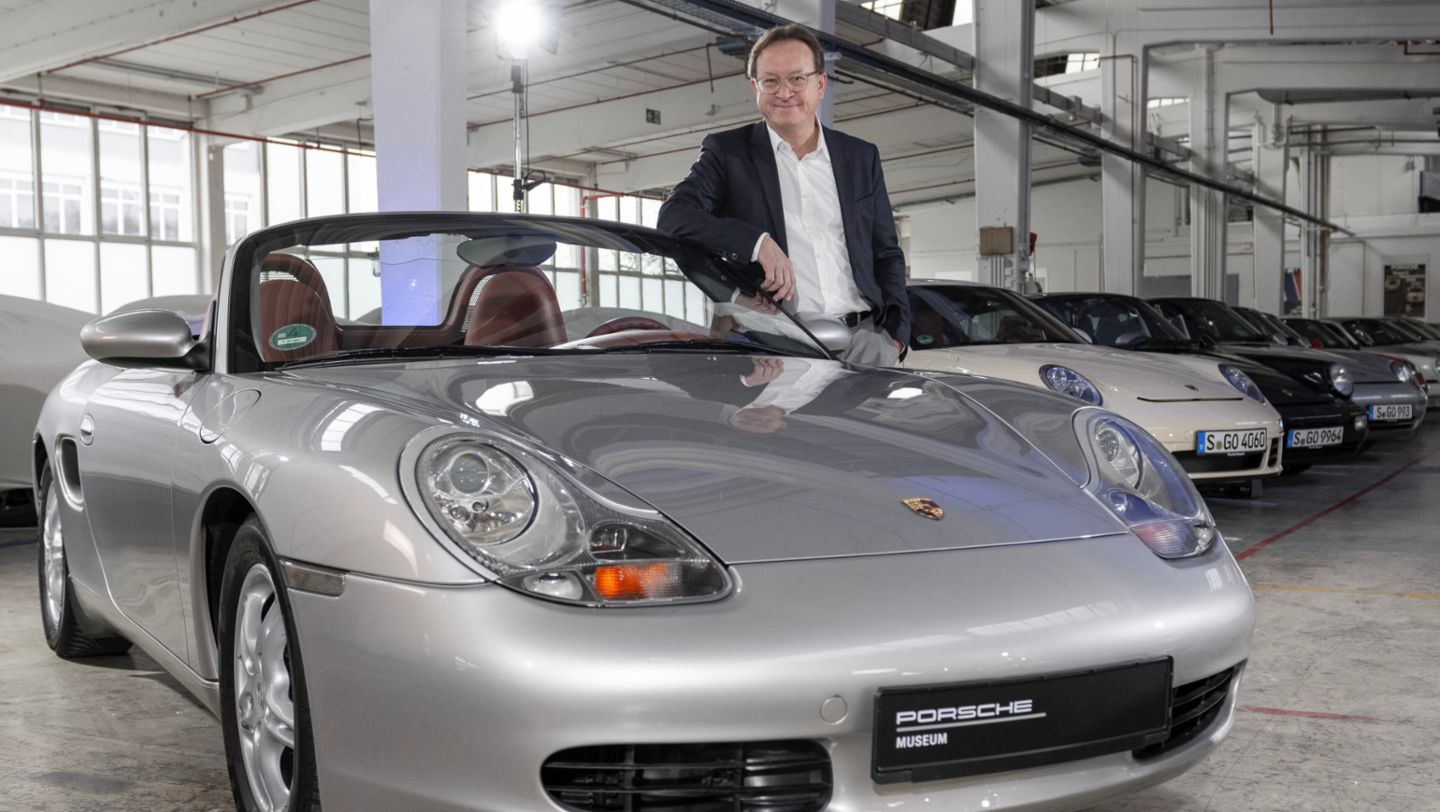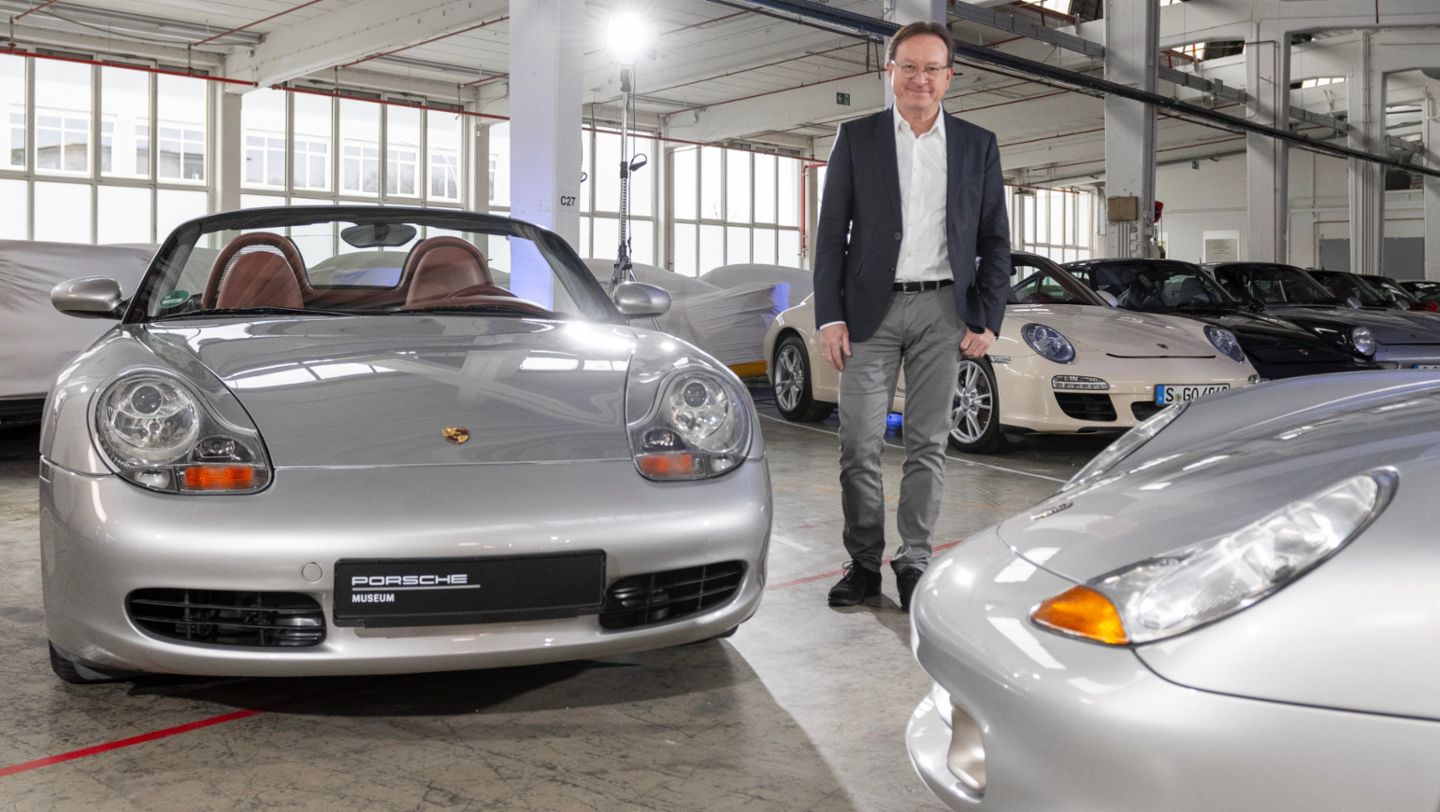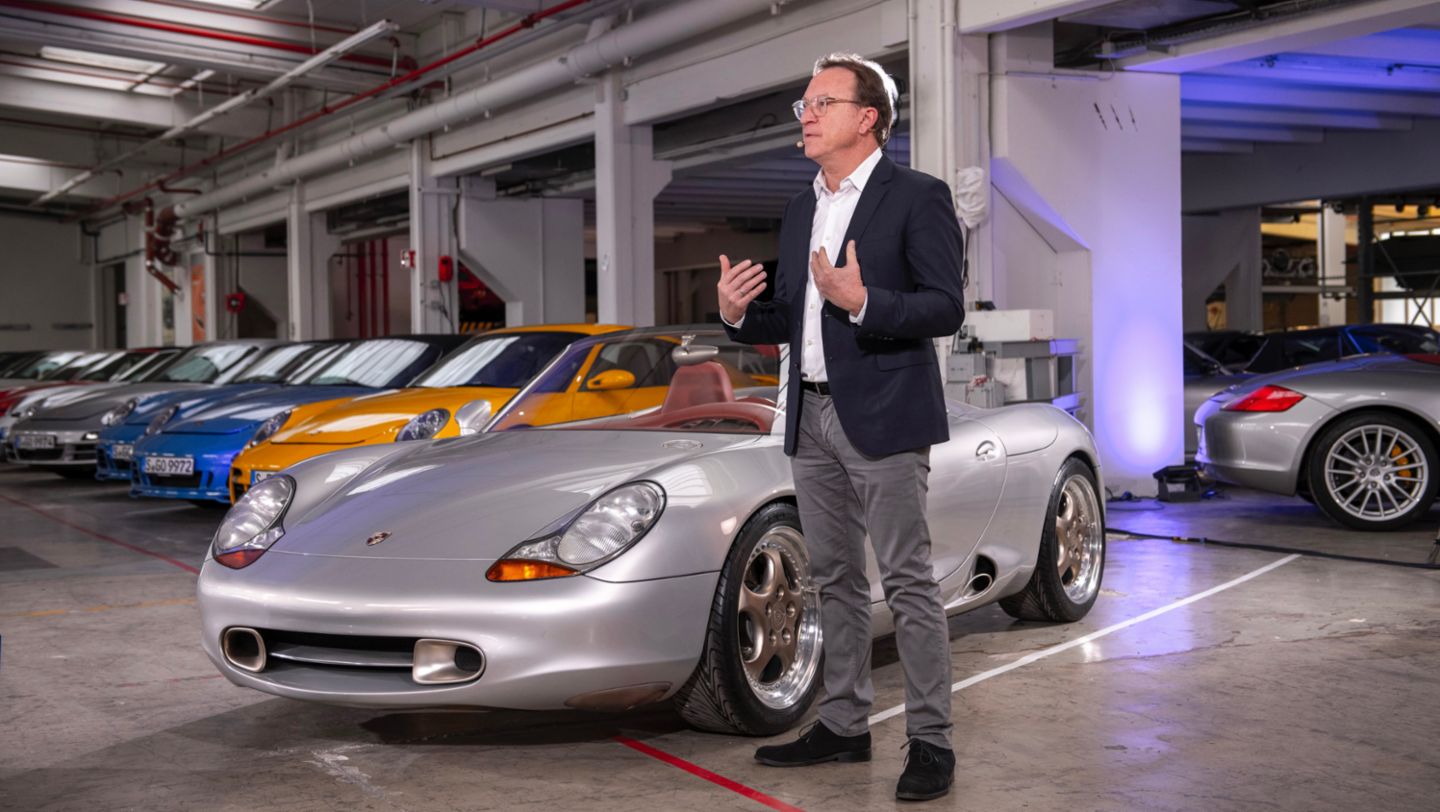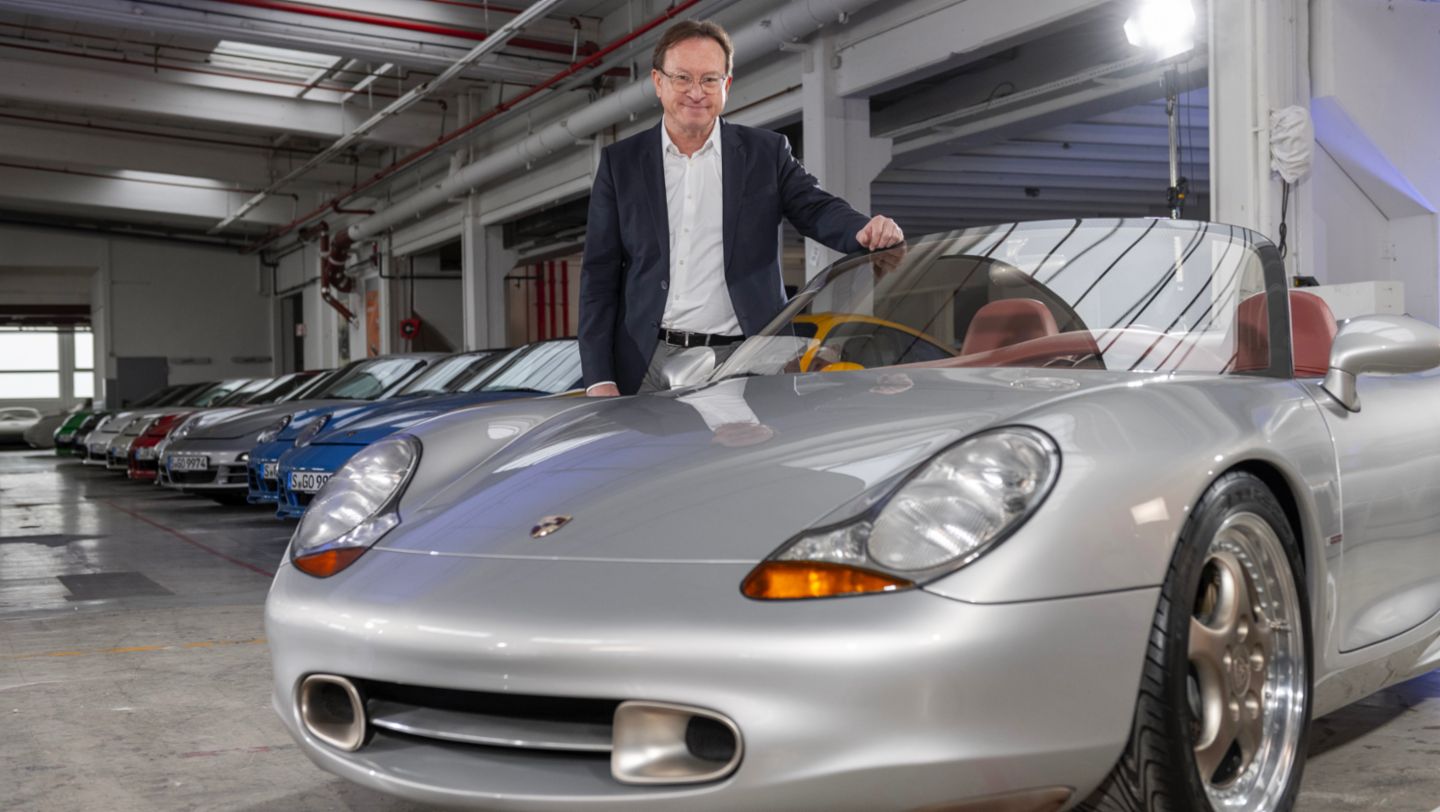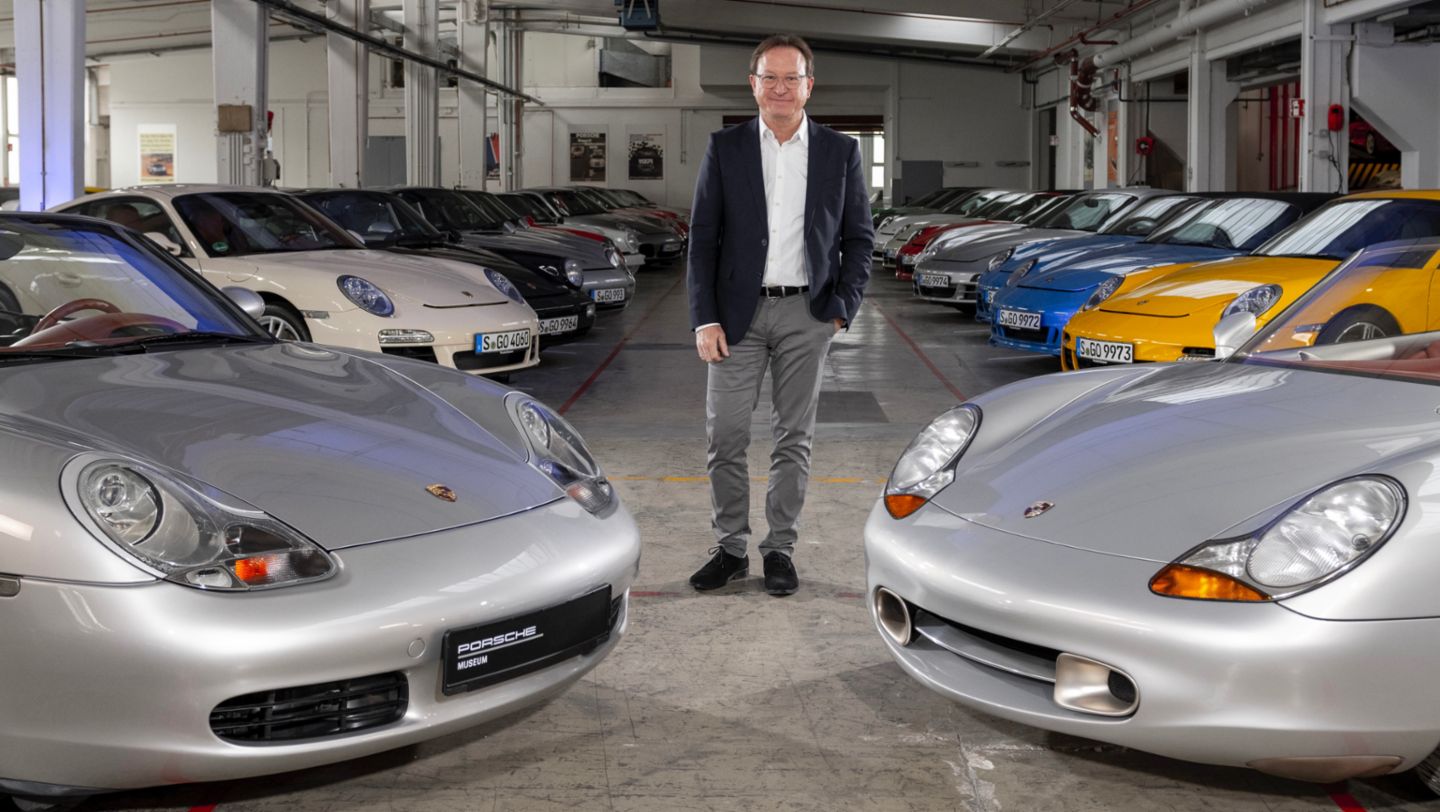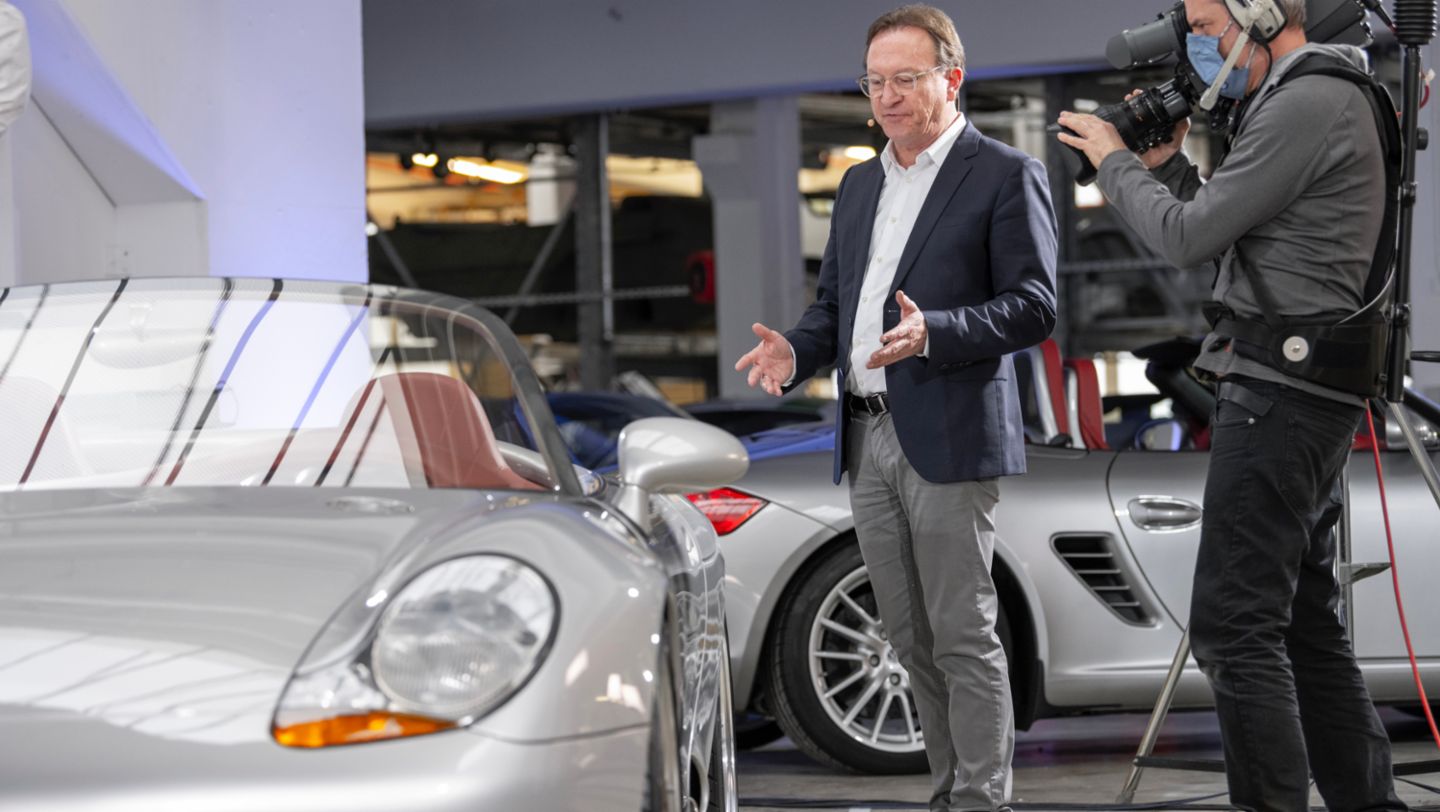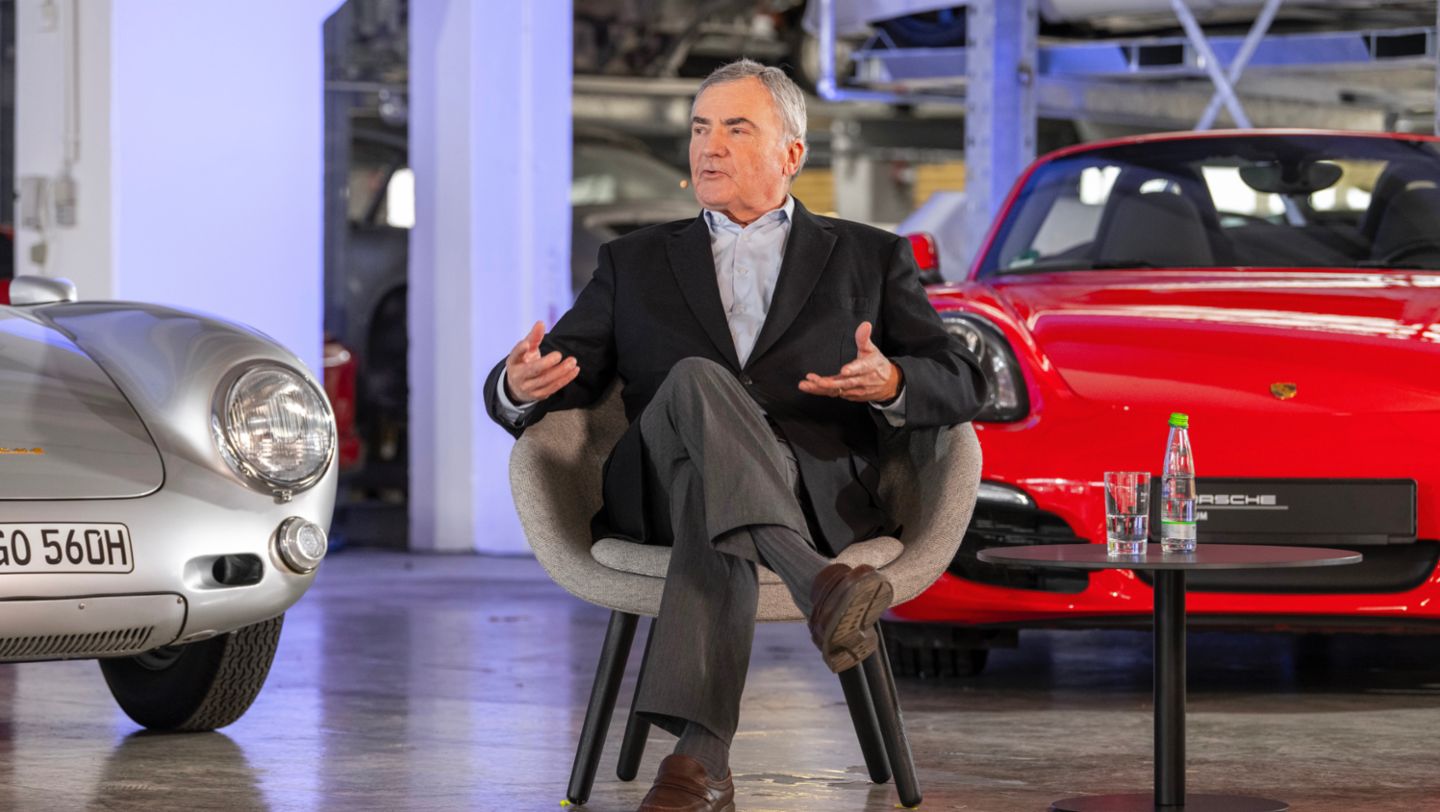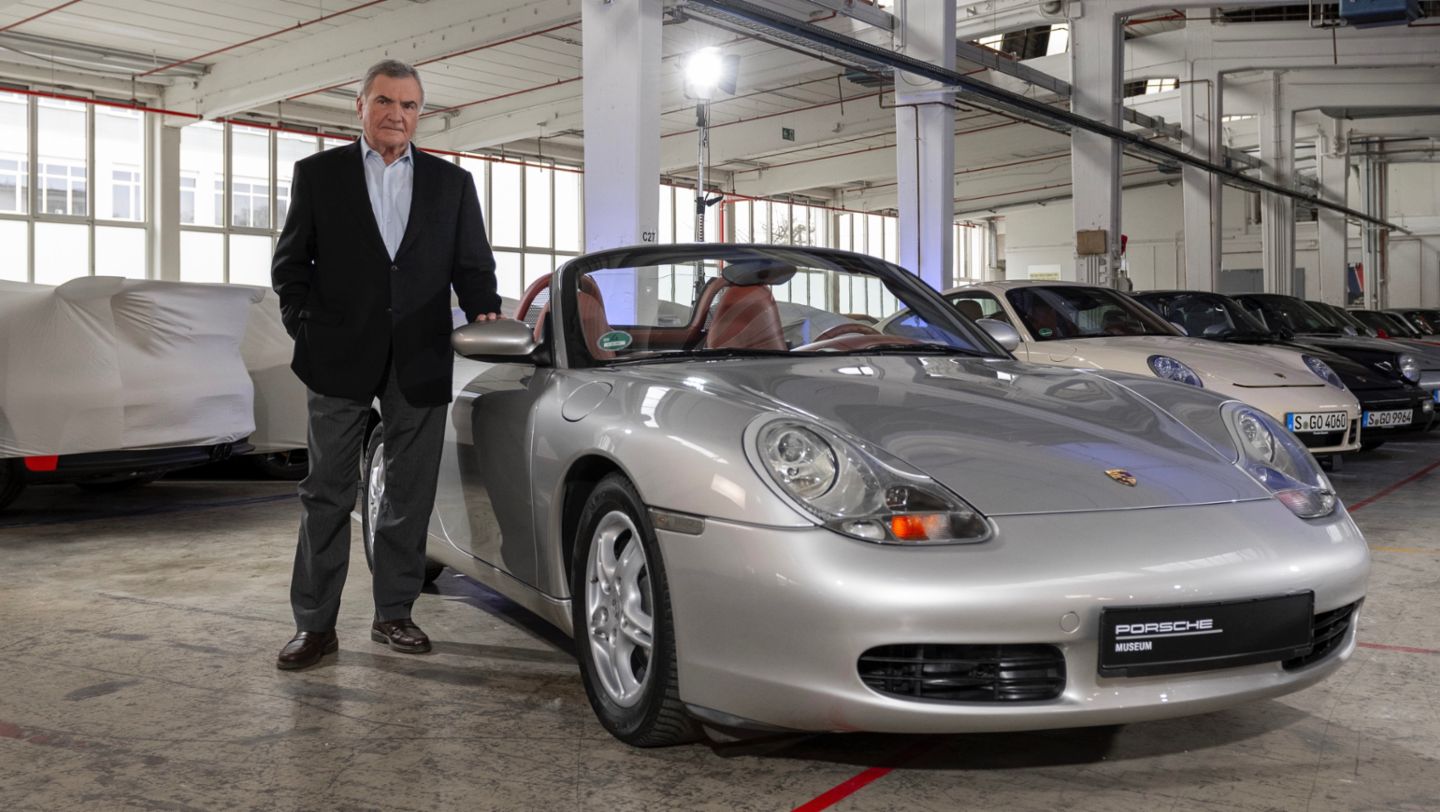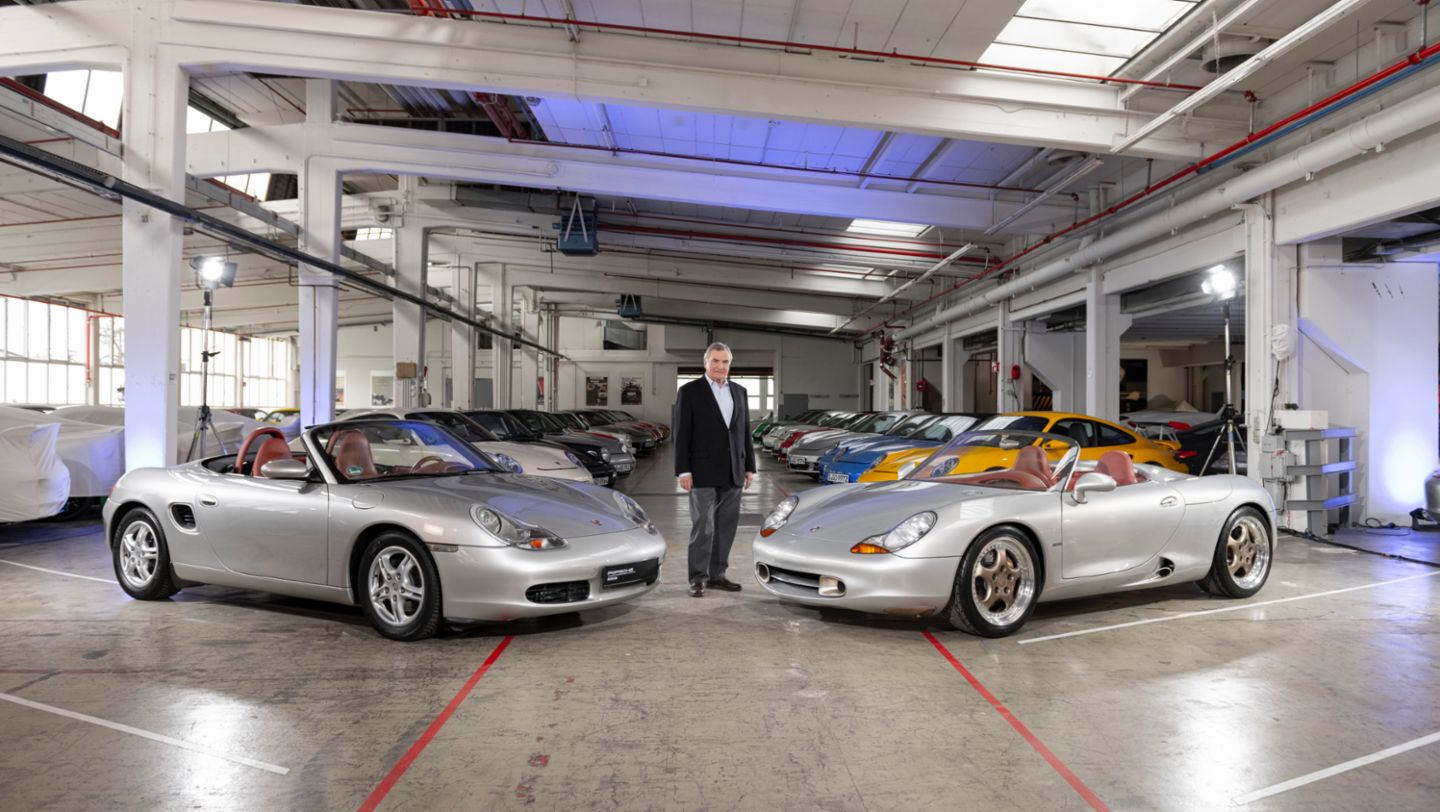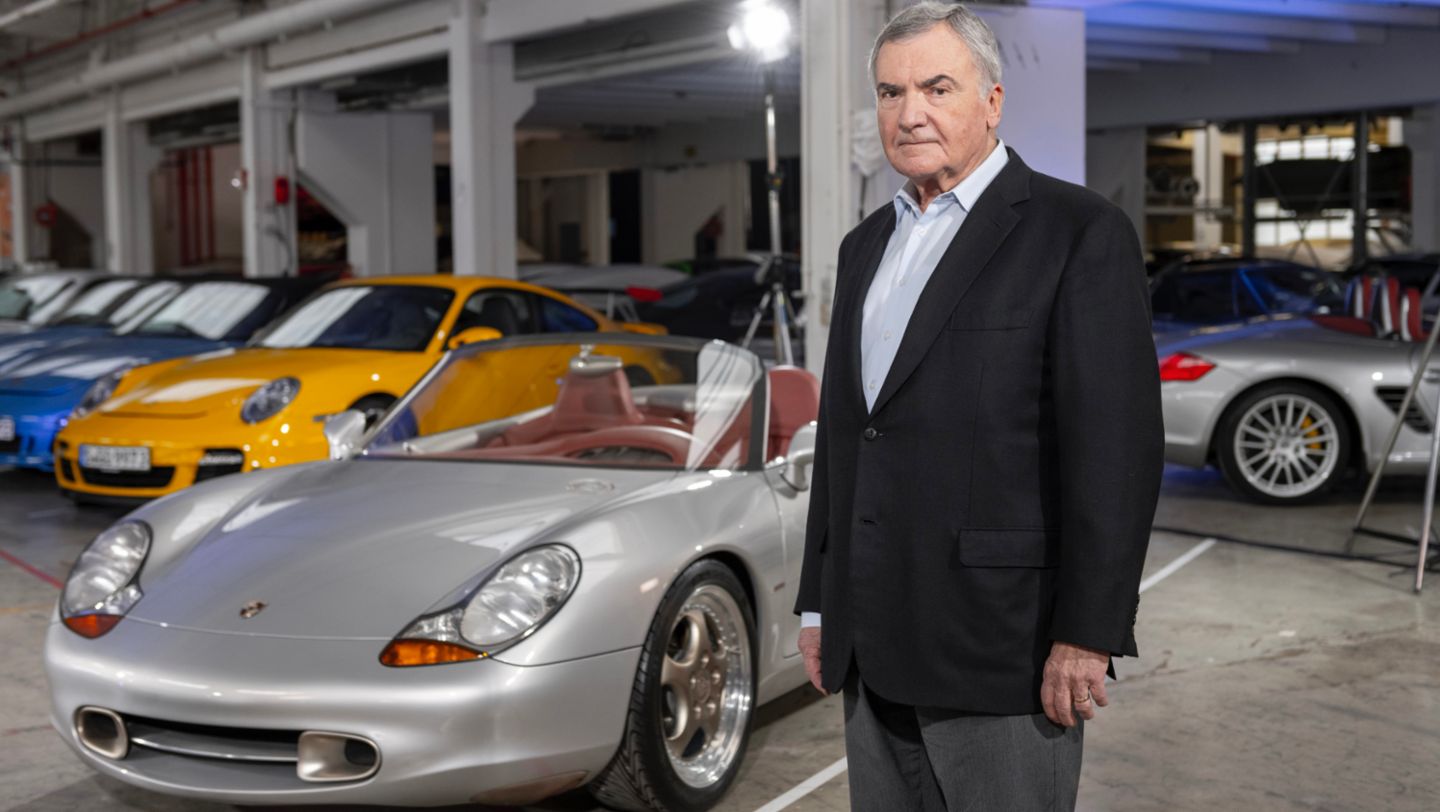In 1948, the first Porsche 356 “No. 1” Roadster – the car that defined the beginnings of the Porsche brand – featured the mid-engine, and in the 1950s the same layout was chosen for the 550 and 718 racing cars. Now, Porsche is marking 25 years of the mid-engined Porsche Boxster.
Out of the crisis with a brilliant idea
The early 1990s were a very difficult period for Porsche AG economically. Declining sales figures – partly due to the fall in value of the US dollar – and the excessively high production costs of the company’s four technically very independent product lines, the 911, 944, 968 and 928, meant that the sports car manufacturer was in serious trouble. It even became a takeover target for large car manufacturers. But the introduction of the completely newly developed Porsche Boxster in 1996 marked a turning point in the company’s fortunes. The agile, mid-engine roadster not only opened up a new market segment for Porsche, but also attracted a significantly younger customer group, thanks to price positioning below the established 911.
But the concept for a two-seater, mid-engine roadster was only part of a new strategy introduced by a new generation of the management board in 1991. Horst Marchart, Member of the Executive Board for Research and Development, was one of those involved in the realignment, alongside Wendelin Wiedeking, at that time still Member of the Executive Board for Production and Materials Management, and Dieter Laxy, Member of the Executive Board for Sales.
“We did not believe that the four-seater Type 989 being developed at the time would rescue us from our difficult financial situation as the expected sales figures would be too low for the company and the dealer organisation, and the vehicle would also not allow any common parts with the 911 model series because it was an independent product line,” says Marchart, remembering the presentation to the shareholders. “The idea was to create an additional product line from the vehicle concept and components of a new 911. It was to be a two-seater with a front end close to that of the 911 to guarantee clear identification of the car as a Porsche. In addition, the new car should cost around 70,000 marks and also appeal to younger customers. My concept was accepted.”
Marchart’s roadster concept made more use of the common parts or carry-over parts (COP) principle. As a result, the first 986 generation Boxster shared the front end, doors and numerous other components with the 996 generation 911, which launched in 1997, a year after the Boxster was introduced. The move resulted in significantly lower production and inventory costs for both product lines, and some rigorous cost management.
“We had set ourselves the goal of reducing costs throughout the whole company,” continues Marchart. “We wanted to reduce the production costs for new cars by 30 per cent, which was possible among others through a carry-over part concept for the assemblies. In order to realise this, we created development teams that were simultaneously responsible for both vehicles. Fictitious price targets were defined for the components in the Development and Purchasing departments in order to ensure that we would achieve the desired manufacturing costs.”
